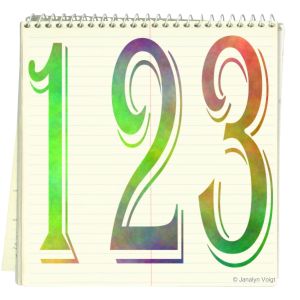 One of my favorite parts of speaking to audiences is telling them the true stories behind the stories.
One of my favorite parts of speaking to audiences is telling them the true stories behind the stories.
When I talk about my murder mysteries, I talk about the incidents in my own life that inspire plot lines and settings. While I haven’t personally murdered anyone (nor do I plan to), my fictional characters’ motives and subterfuges stem from simple human traits we all share. Who hasn’t experienced confusion, envy, jealousy, greed, the desire for revenge? Just because the extent of my envy might be a girlfriend’s new hair cut doesn’t mean I can’t extrapolate that feeling into the murderous intent of a killer, right?
Okay, that might be quite a bit of extrapolation, but you get my drift.
Where the real fun comes in, however, is sharing with readers the snippets of my experience that I insert right into my novels. For instance, in my third Birder Murder Mystery, my protagonist goes on a weekend birding trip to Fillmore County in Minnesota, which is based on an actual birding trip I took to that county many years ago. Spending time with other birders not only gave me a chance to add to my own life list of birds, but it provided some snappy, funny conversation that I then used in my book. I’ve found more than once that real life makes for the best fiction.
Another example: in my fourth Birder Murder, my characters are in Flagstaff, Arizona on the campus of Northern Arizona University. The setting was inspired by a trip I took with my middle daughter to tour the NAU campus when she was making college plans; the hair-raising flight into the city, the conversation with an old hippie cab driver, and the fact that NAU is surrounded on three sides by graveyards, all come directly from my trip. As a mystery writer, how could I NOT set a murder mystery where everyone KNOWS where the bodies are buried?
The most transparent example of how my writing chronicles my own life is, of course, my new memoir about how my dog helped me overcome anxiety, including a fear of dogs. Yet even since the book was published in April, I continue to find nuggets of meaning in my own story that I didn’t recognize while I was writing it: we adopted Gracie on the day before Easter – the eve of Resurrection. So now I tell audiences that my dog not only helped me experience my own spiritual and physical renewal, but the book about her is also changing my career in unimagined ways. Too bad I didn’t know that part already, because it would have been a nice epilogue…gee, maybe that’s the next book.
When I share my real stories with groups, I realize that the writing advice I first heard as a child is true: write what you know. I just didn’t understand how I could make my own experiences book-worthy…until I threw in the imagination to make my own stories part of someone else’s.
In what ways does your writing chronicle your life?


 -at-home mom, lawyer, etc.)
-at-home mom, lawyer, etc.)


